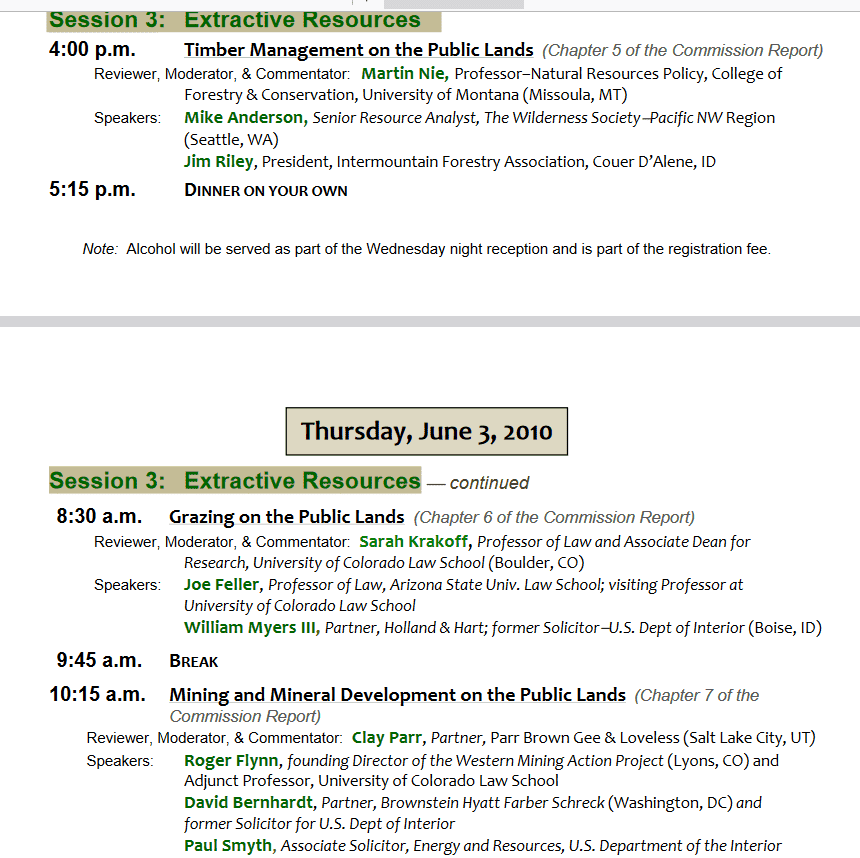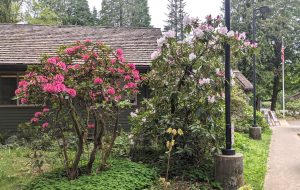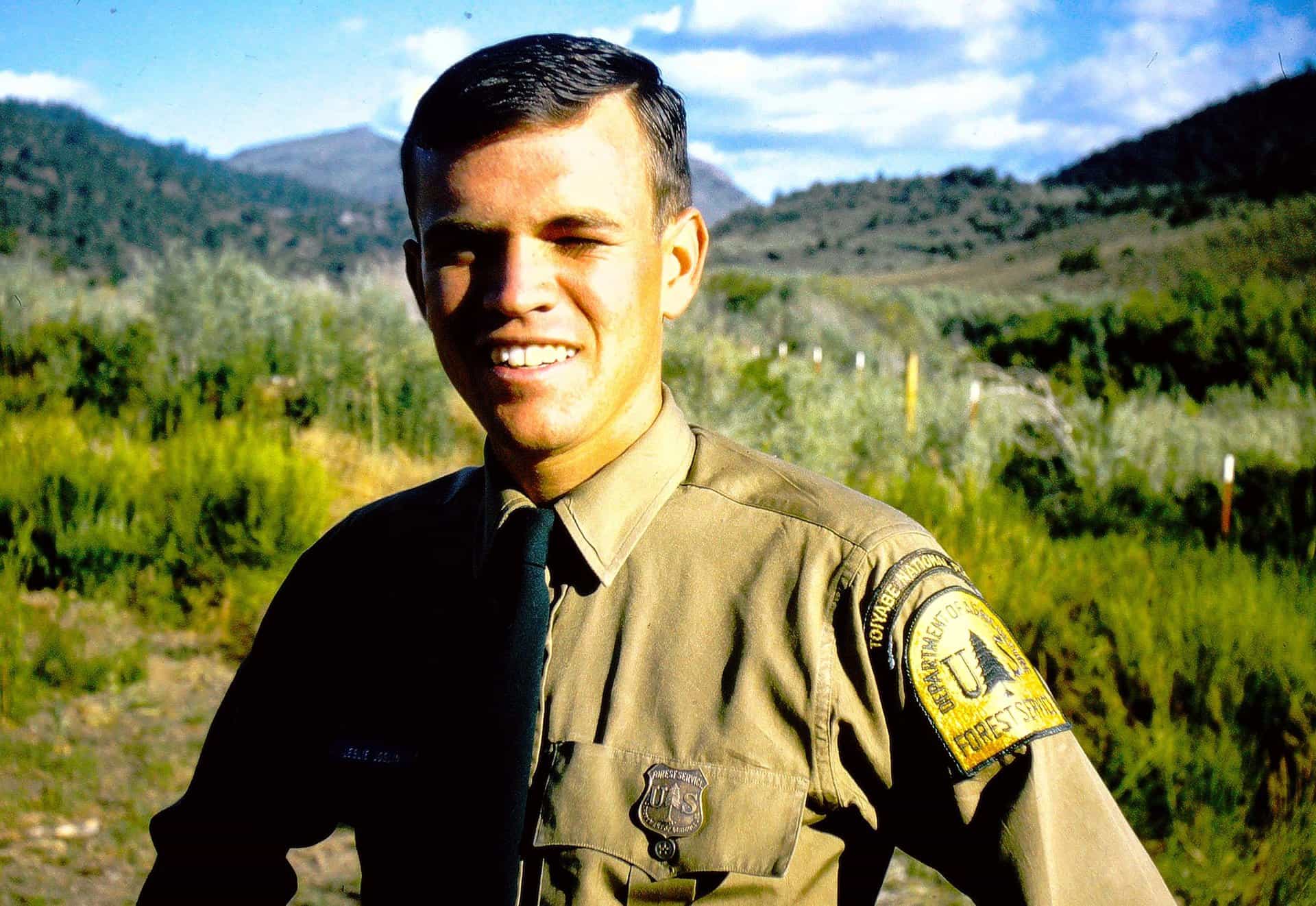From AFRC’s latest newsletter (see note and links below):
Oral Argument Held in the Challenge to the Eastside Screens Amendment
On May 1, oral argument was held before U.S. District Court Magistrate Judge Andrew Hallman in Pendleton, Oregon, in a challenge to the Forest Service’s 2021 rule to amend the Eastside Screens (Eastside Screens Amendment). See Greater Hell Canyon Council et al. v. Wilkes, et al., Case No. 2:22-cv-00859-HL (D. Or. filed June 14, 2022). The previous Eastside Screens was an interim management standard for six national forests in eastern Oregon and southwest Washington. The Eastside Screens prohibited the removal of trees over 21-inches diameter at breast height (dbh) where the late old structure (LOS) forest was below its historic range of variability and proposed harvest activity was outside of the LOS. See February Newsletter. AFRC and Eastern Oregon Counties Association intervened in support of the Forest Service.
The Eastside Screens resulted in an inefficient, piecemeal approach to forest management because the Forest Service had to develop numerous project-specific forest plan amendments to accomplish forest health projects. See January 2021 Newsletter. The Eastside Screens Amendment, on the other hand, would allow the removal of trees with diameter limits of 21- to 30-inches dbh based on tree species and growth potential, and trees 150 years and older.
On summary judgment, plaintiffs argued the Forest Service failed to prepare an EIS under NEPA because the Amendment is not “insignificant.” Plaintiffs also alleged that the Forest Service failed to take a “hard look” at the direct, indirect, and cumulative impacts of the Eastside Amendment; failed to follow the required procedures for a significant change to a forest plan; and failed to prepare a Biological Assessment and undergo Section 7 consultation under the ESA. Plaintiffs also claim that the Forest Service failed to conduct a pre-decisional administrative objection resolution process in violation of the National Forest Management Act (NFMA). The Nez Perce Tribe participated in the case as amicus curiae in support of plaintiffs and was able to provide argument during the summary judgment hearing.
Oral argument was divided into four categories: NFMA, Standing/Ripeness, NEPA, and ESA claims. Regarding plaintiffs’ NFMA claim, the Government argued that 36 C.F.R. § 219.51(b) does not provide an objection process for decisions signed by the Under Secretary of the Department of Agriculture and, therefore, the Forest Service’s Eastside Screens Amendment (which was signed by the Under Secretary) did not violate NFMA. Plaintiffs argued that the plain text of the regulation unambiguously requires an objection process unless the Under Secretary actually proposed the Amendment before issuing a final determination, and Judge Hallman seemed sympathetic to that argument.
Judge Hallman asked whether claims under NEPA and the ESA were ripe for judicial review and whether plaintiffs had standing. During argument, the court expressed some concerns as to whether plaintiffs’ ESA claims were ripe because plaintiffs did not allege any interest or particular impacts to ESA-listed species resulting from the Amendment. Judge Hallman also asked several questions about whether the preparation of an EIS was necessary, particularly whether uncertainty and scientific controversy warranted additional analysis. The court asked questions related to whether significant beneficial environmental impacts could warrant an EIS. In response, the Government explained that, even though the Amendment is applicable to six national forests, there is not a significant change from the Eastside Screens in terms of acres impacted. Plaintiffs emphasized their estimate of the number of acres to which the Amendment applies and their position that there is genuine scientific controversy around the Amendment’s flexible guideline for species-specific removal of trees. The Government reiterated that any departure from the guideline in a site-specific project would have to meet the purpose of the guideline and justify the departure.
The parties also discussed the importance of the Ninth Circuit decision in Bark v. U.S. Forest Service, 958 F.3d 865 (9th Cir. 2020), in which the court held that the agency did not meaningfully address scientific studies and controversy regarding the efficacy of variable density thinning to reduce fire risk. Intervenors explained to the court how the agency considered and responded to public comments, and the changes made between the draft and final EA in response to public comments. Plaintiffs took issue with how those responses were not provided to the public and only found within the administrative record and in footnotes. Intervenors pointed out that the court should not fall into the trap of form over substance when evaluating the agency’s response to public comments.
Ultimately, Judge Hallman requested the parties submit supplemental briefing on the following: (1) the beneficial impact of the Eastside Screens Amendment in relation to NEPA significance; (2) the context of the Amendment, again in relation to NEPA significance; (3) the Forest Service’s engagement with public comments and opposing viewpoints in the administrative record; and (4) the proper remedy in the event the court were to find a legal violation. AFRC submitted its supplemental briefing on May 30.
In the week prior to oral argument, Dr. James Johnston with the College of Forestry at Oregon State University re-submitted an amicus curiae brief and declaration, joined by eleven other scientists, in support of the science behind the Amendment—the court has not yet ruled on whether to accept Dr. Johnston’s amicus curiae brief. Judge Hallman is expected to issue a Finding and Recommendation by the end of July and, in the event of any objections, those would be reviewed by District Court Judge Ann Aiken. /Sarah Melton
^^^^^^^^^^^^^^^^^^^^^^^^^^^^^^
The Bark v. U.S. Forest Service involves the Crystal Clear Restoration Project on the Mt. Hood National Forest, which we discussed here. Shortly after the court’s decision was released, the White River Fire burned through the project area. The agency’s Rapid Assessment Team’s report on the fire’s impact is here.


